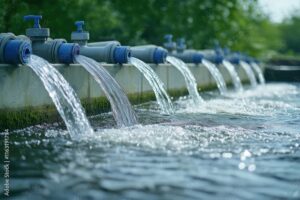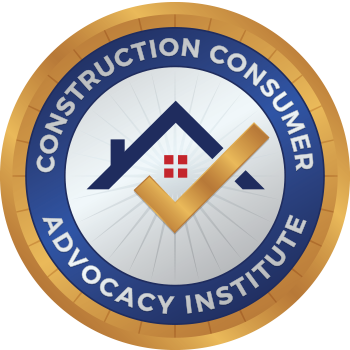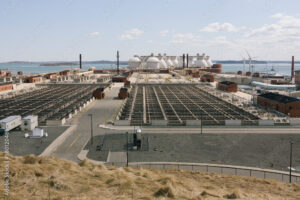Access to clean, safe drinking water is undoubtedly one of the cornerstones of public health and environmental welfare. Public drinking water systems play a vital role in delivering this essential resource to millions of people across the globe. However, concerns about the safety and quality of public drinking water persist, prompting many to question how reliable these systems truly are.
This blog takes a closer look at the pros and cons of public drinking water systems, exploring safety concerns and what they mean for the environment, public health, and individual choices.
(1740) How to Get the Best Water for Your Home or Business With Jeanne Carton – 02.29.2024 – YouTube
The Pros of Public Drinking Water Systems 
Public drinking water systems have many benefits that make them indispensable in modern life.
1. Accessibility for All
One of the greatest strengths of public water systems is their ability to deliver clean drinking water to a large population. These systems ensure that even remote or lower-income areas have access to this basic human right, minimizing disparities in water availability.
2. Cost-Effective
For most households, relying on public drinking water is significantly more affordable than purchasing bottled water or installing advanced filtration systems. This makes it the most practical option for a majority of the population.
3. Regulation and Oversight
Public water in many countries is subject to strict health and environmental standards. Agencies like the Environmental Protection Agency (EPA) in the U.S. set regulations to ensure the water supply is monitored, treated, and safe for consumption.
4. Environmentally Friendly 
By utilizing local water sources and reducing dependency on bottled water, public systems significantly minimize the environmental footprint caused by plastic waste and the energy required for bottling and transportation.
The Cons of Public Drinking Water Systems 
While public water systems offer undeniable benefits, there are notable risks and challenges that create safety concerns.
1. Contamination Risks
Instances of contamination, such as lead in water supplies (e.g., Flint, Michigan), expose the vulnerability of public water systems. These cases highlight the dangers posed by outdated infrastructure, industrial pollution, and accidental breaches in water safety.
2. Infrastructure Aging and Maintenance Costs
Many public drinking water systems rely on infrastructure that is decades old. Aging pipelines and treatment facilities increase the likelihood of leaks, contamination, and service disruptions. Higher maintenance costs and funding challenges mean these issues are not always addressed promptly.
3. Chemical Additives and Byproducts
To disinfect water and make it safe to drink, chemicals like chlorine are commonly added to public water supplies. While effective, these chemicals—and their byproducts—can affect the taste and may carry health risks if present in high concentrations over time.
4. Evolving Contaminants
Public water systems face increasing challenges from “emerging contaminants” such as microplastics, pharmaceuticals, and per- and polyfluoroalkyl substances (PFAS). These contaminants are not always effectively removed by traditional water treatment methods, raising concerns about long-term health impacts.
What Can Be Done About Public Drinking Water Safety Concerns?
Addressing public drinking water safety starts with awareness and proactive measures by government agencies, municipalities, environmental organizations, and individuals.
Government and Regulatory Action
Governments must invest in infrastructure upgrades, enforcement of water quality standards, and regular monitoring to prioritize public health and safety. Initiatives like fixing aging pipelines, preventing industrial runoff, and reducing contamination risks are critical.
Transparency and Public Engagement
Providing citizens with detailed water quality reports and encouraging community involvement in water safety decisions builds trust and ensures informed choices.
Filtration at Home
For individuals who want extra peace of mind, water filters can provide an added layer of protection by reducing contaminants that may remain in public water supplies.
Support Water Conservation and Advocacy
Since environmental issues like water pollution and climate change can affect public systems, supporting initiatives that conserve water and limit contamination is vital to maintaining safe resources for everyone.
Making an Informed Choice
Public drinking water systems are essential but not without faults. While they offer a cost-effective and environmentally friendly way to supply water on a massive scale, safety concerns like contamination and aging infrastructure call for collective action and vigilance.
Whether you’re an environmentalist advocating for clean water, a health enthusiast ensuring your family’s wellbeing, or simply a concerned citizen, your voice matters. Stay informed, support sustainable practices, and hold regulatory agencies accountable for delivering clean, safe water to all.
Together, we can ensure public drinking water systems stay reliable for future generations.
Did this blog resonate with you? Share your thoughts or tell us how you ensure water safety in your own life!
For Tons of Great Free Information please hit “Like & Subscribe”
Websiteconstructionconsumeradvocacyinstitute.com
Podcastanchor.fm/galloway


